Arena Logos: The West
/I put together something fun for this weekend, a little two-parter. Arena logos. A little out there? Maybe. No doubt you're quite familiar with your team's arena logo, but how about the rest of the NHL? And just like with team logos, there are good ones and bad ones.
Today, we start with the Western Conference. (Tomorrow we'll do the east.)
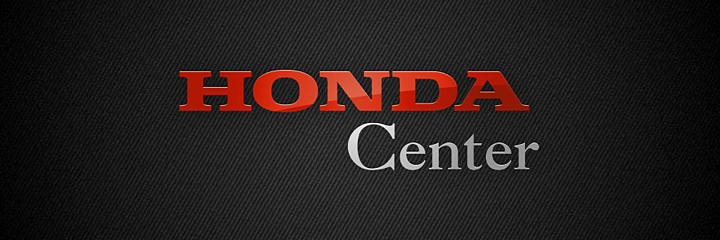
The Anaheim Ducks call the Honda Center home — and have done since entering the league in 1993. Only back then, it was called the Arrowhead Pond of Anaheim. An appropriate name for the home of a team called the Mighty Ducks. "The Duck Pond" got its current name in 2006.
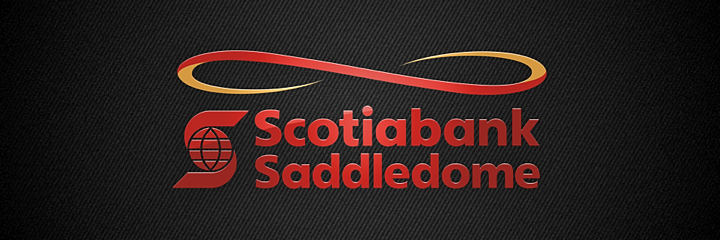
The Saddledome has been home to the Calgary Flames since 1983. In that time, it's gone through a number of official names — though its always been the Saddledome thanks to its uniquely designed roof. When the arena was built, they called it the Olympic Saddledome as it was designed to host Winter Olympic events in 1988. In 1995, Canadian Airlines picked up the naming rights until it was absorbed by Air Canada in 2000. At that point, Pengrowth Energy tacked on their brand for a decade. Scotiabank took over in 2010.
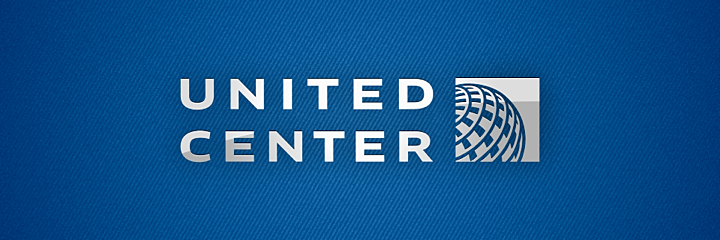
Chicagoans know it as "The Madhouse on Madison," but the United Center has housed the Chicago Blackhawks since 1995 — though it actually opened in 1994. Thanks, NHL lockout. The logo changed in the fall of 2011 to sync up with the owner of the naming rights, United Airlines. When United merged with Continental, it took on Continental's globe logo.
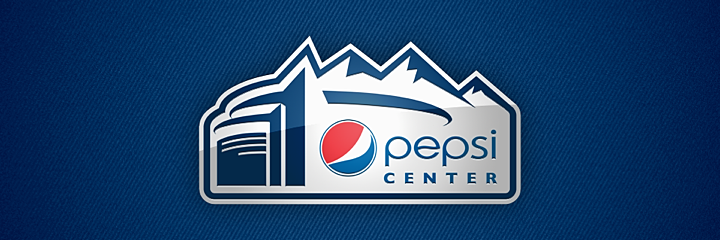
Denver's Pepsi Center — sometimes called "The Can" — is where the Colorado Avalanche hang their skates. When it opened in 1999, it allowed the Avs to upgrade from the aging McNichols Sports Arena — which was demolished a few months later. Much like the aforementioned United Center, the Pepsi Center saw a logo change in 2009 to coincide with its naming sponsor's rebranding. By the way, before they left Quebec in 1995, the Nordiques played at the Colisée Pepsi. Coincidence?

When Ohio's capital city put in its bid for an NHL expansion franchise in 1997, things weren't looking too good on the arena front. Voters opted against paying for one. Then Nationwide Mutual Insurance Company swooped in and offered to foot the entire bill — and of course named the building after itself. Shortly thereafter, the Columbus Blue Jackets were born. They hit the ice when Nationwide Arena opened in 2000.

In 2001, the Dallas Stars left Reunion Arena for the brand new American Airlines Center. They had played in Reunion Arena since moving from Minnesota in 1993. The building was torn down in 2009.
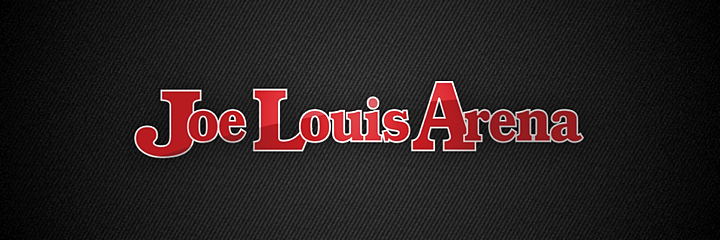
What more needs to be said? Joe Louis Arena and the Detroit Red Wings are positively synonymous. "The Joe" has housed the Wings since it opened in 1979. And it has the best address ever — 19 Steve Yzerman Drive. Prior to that, the Wings played at the Detroit Olympia, which opened in 1927. It was demolished in 1987. Last month, the owner operator of Joe Louis Arena, Olympia Entertainment, announced plans for a downtown development which would include a new arena for the Red Wings.
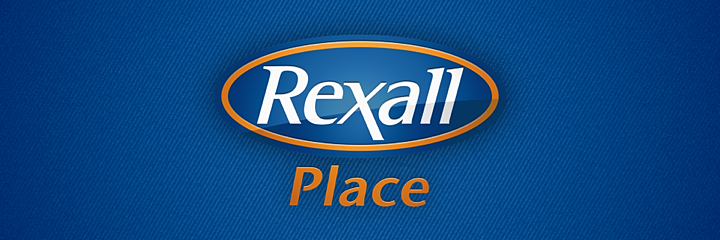
Rexall Place has been surrounded by drama as of late. The Edmonton Oilers have called it home since their WHA days in the 1970s, but after almost 40 years, they're eager for a new building. The rink opened in 1974, named Northlands Coliseum after a local nonprofit. It was renamed Edmonton Coliseum about two decades later. Then in 1998, Skyreach Equipment paid to have it called Skyreach Centre. Rexall bought the naming rights in 2003 — five years before its chairman, Daryl Katz, bought the Oilers.
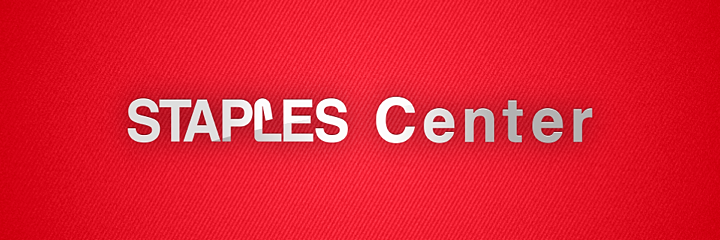
The Los Angeles Kings moved in to Staples Center in 1999 after 32 years at The L.A. Forum. The building stays busy as it is home to not one but two NBA franchises as well as the Kings. At one point, Staples Center had a pretty cool logo, but I think they dropped it at some point for the simpler wordmark seen above. Correct me if I'm wrong, L.A. readers.
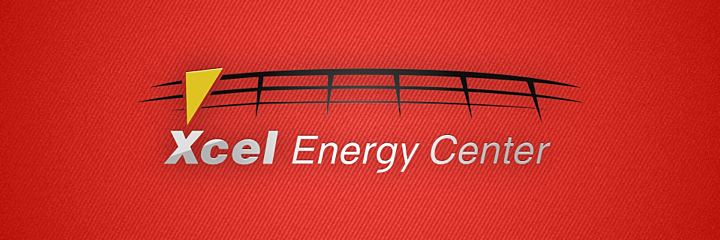
In order to bring NHL hockey back to Minnesota, the state funded the construction of a new arena in 1998. The Xcel Energy Center opened just in time for the arrival of the Minnesota Wild in 2000.
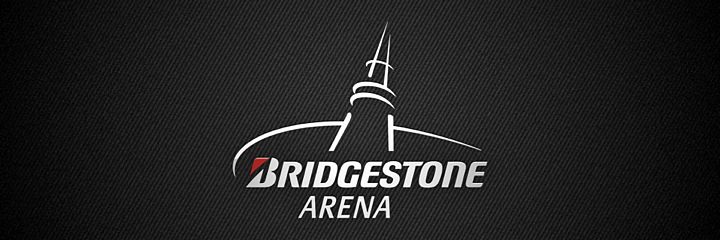
Bridgestone Arena has been home to the Nashville Predators since their inception in 1998. But when it opened in 1996, it was simply known as Nashville Arena. Three years later, it became the Gaylord Entertainment Center when one of the Predators' stakeholders signed a 20-year naming agreement. However in 2005, Gaylord sold its stake in the company and agreed to give up the naming rights.
The building was called Nashville Arena again until 2007 when it was renamed Sommet Center. But when the Sommet Group stopped making payments — and the FBI and IRS subsequently went knocking on their door for other reasons — another named vanished into thin air. It was back to Nashville Arena once more briefly in 2010. That's when Bridgestone came along and made an offer.
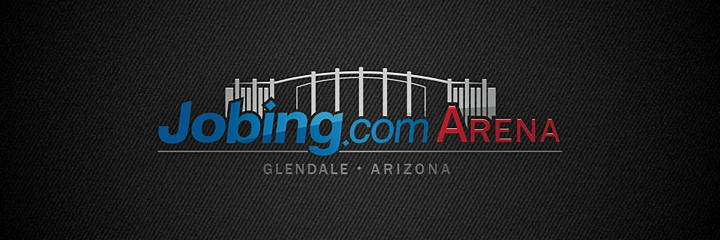
In 2003, the Phoenix Coyotes departed the America West Arena — and the city of Phoenix for that matter — for what is now Jobing.com Arena. America West — now US Airways Center — was horrible for hockey so the team had a new arena built in Glendale, Arizona. The Glendale Arena at Westgate opened and welcomed the Coyotes in the middle of the 2003-04 season. Jobing.com paid for 10 years worth of naming rights in 2006. Not to be an ass, but who here thinks the Yotes will still be playing there when the contract runs out?
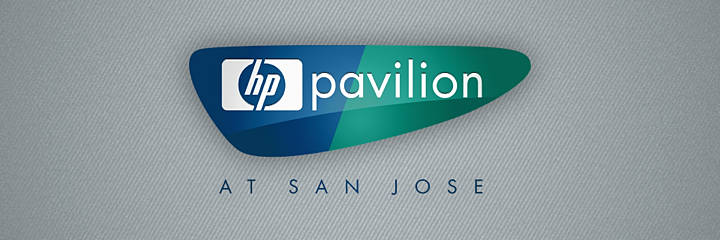
Perhaps one of the coolest arena names in the NHL belongs to HP Pavilion at San Jose — at least since the Ice Palace was renamed. The Pavilion is home to the San Jose Sharks, who moved in when the building opened in 1993. The team played its first two seasons at the tiny Cow Palace in Daly City, California. Upon arriving at "The Shark Tank," it was officially known only as San Jose Arena. It got its first naming sponsor in 2001 when it became the Compaq Center. When HP bought Compaq, they renamed the building after their line of personal computers — and it fit like a glove.
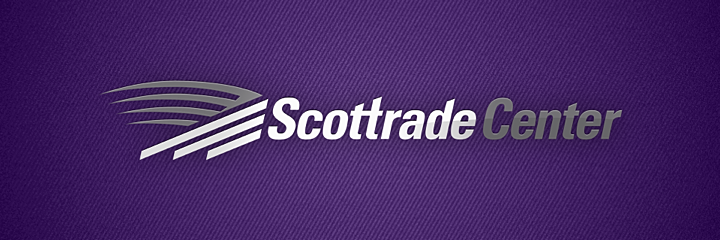
The St. Louis Blues moved from St. Louis Arena to Scottrade Center in 1994 — only back then it was known as Kiel Center. The name was changed to Savvis Center in 2000 but the naming rights were bought mostly with company stock — which turned out to be nearly worthless after the dot-com bubble burst. Ouch. Scottrade partnered up with the Blues in 2006 and the arena name was changed once more.

After nearly three decades of hockey at the Pacific Coliseum, the Vancouver Canucks departed for a new downtown home called General Motors Place in 1995. When the city of Vancouver hosted the Winter Olympics in 2010, the building was temporarily renamed Canada Hockey Place due to IOC restrictions on event site sponsors. Not long after that, the name was changed to Rogers Arena — and will stay that way until at least 2020 — after Rogers Communications picked up the naming rights.
Well, you made it to the end. Hopefully you found this post a little bit interesting. Check back tomorrow for all the arena logos in the NHL's Eastern Conference.
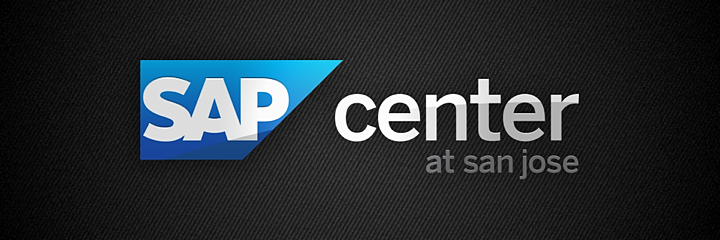
This past week, HP Pavilion got a new name. As of July 9, the home of the San Jose Sharks is now officially known as SAP Center at San Jose. But unofficially, it'll always be the Shark Tank. I mentioned in the original post that HP Pavilion was one of the coolest arena names in the NHL. Sad to see it go in favor of yet another "center." Also bummed about the new logo. But it is what it is.
